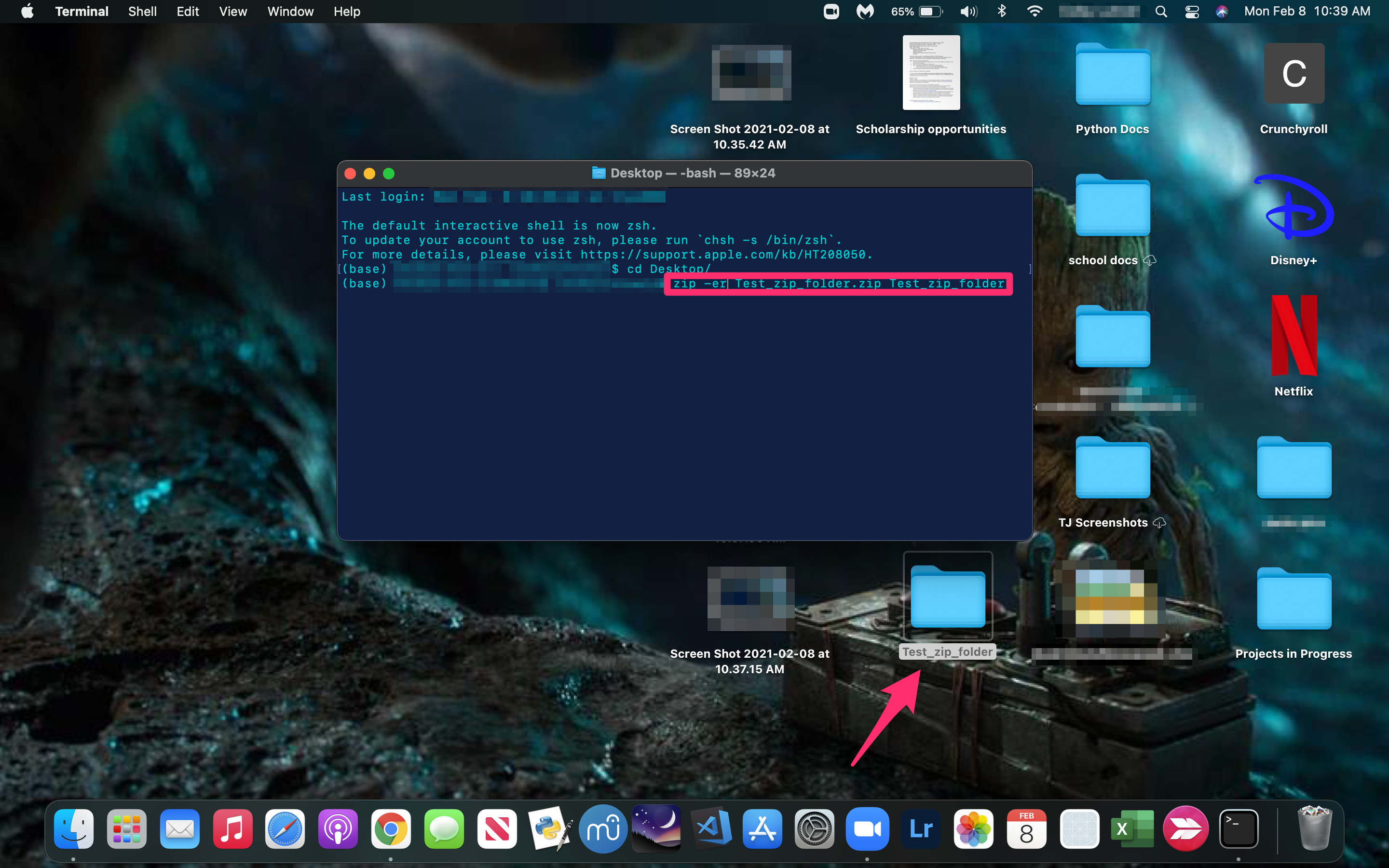Avoid The Bomb ! Mac OS
The Mac OS X approach to fonts is something that can leave users baffled, and no wonder: many different types are supported, they can be stored in a multitude of places, and Mac OS X 10.4 Tiger installs some duplicate fonts as a default… and that’s just for starters.
Lastly, your business and personal data are critical, and it should be protected at any cost. So, do whatever takes to prevent ransomware attacks. Ransomware on Mac is becoming a norm and it is always better to protect yourself by taking measures before a disaster strikes. These 7 tips can go a long way when protecting a Mac or PC from ransomware.

- The Mac OS X approach to fonts is something that can leave users baffled, and no wonder: many different types are supported, they can be stored in a multitude of places, and Mac OS X 10.4 Tiger installs some duplicate fonts as a default.
- Prevent serious bugs Amphetamine is the application equivalent to a caffeine boost for your Mac. With this program, you can rest assured that your projects will finish without your constant.
In many months of font research for the recently published 'Take Control of Fonts in Mac OS X' and its companion volume 'Take Control of Font Problems in Mac OS X,' I trolled the Web and lurked on many message boards, intrepidly experimented on my own Macs, and served as the emergency contact for graphic designer friends (and their friends, and their friends’ friends). Of the many misunderstandings and management mistakes users make, one stands out as the most common: consolidating fonts into a single Fonts folder.
<http://www.takecontrolbooks.com/fonts- [email protected]@!pt=TB831>
<http://www.takecontrolbooks.com/font-problems- [email protected]@!pt=TB831>
I don’t know exactly what motivates people to do this. (I’m not sure what motivates me to dig into the details of using the Mac – I just do, even when I’m not going to write about it.) But many users explore their systems, change things, and sometimes run into trouble. The Font Book application included with Tiger is such an improvement over its previous version that there’s seldom any need to deal directly with Fonts folders. (And graphics professionals who need more than Font Book use third-party font managers that protect them from needing to know about Fonts folders.) But perhaps a user adds a font and wants to get rid of what appear to be duplicates, or she comes from a Mac OS 9 background where it was more 'normal' to manipulate font files manually. Whatever the reason, when you first start poking around on your drive looking for where fonts are stored (perhaps by doing a Spotlight search for folders named 'Fonts'), you may be surprised to find at least three different folders, and perhaps four, from Tiger:
- In the System directory (/System/Library/Fonts)
- At the 'shared by all users' level (/Library/Fonts)
- In your home directory (~/Library/Fonts)
- In the Mac OS 9 System Folder (/System Folder/Fonts) if you’ve installed Classic.
Installing Adobe’s Creative Suite adds another Fonts folder (in /Library/Application Support/Adobe/Fonts), and if you have Microsoft Office, you get yet another (in /Applications/Microsoft Office 2004/Office/Fonts).
<http://www.adobe.com/creativesuite/>
<http://www.microsoft.com/mac/products/ office2004/>
Many people, when faced with this seeming mess, decide it’s ridiculous to have fonts spread all over the place and start shuffling the files around, combining them in only one or two Fonts folders.

Despite the apparent simplicity, wholesale consolidation is a mistake, because where your fonts are stored controls what applications (and, on a multi-user Mac, which users) can see those fonts. Most fonts are stored in various locations for good reasons. Here’s the scoop on each of the Fonts folders listed above.
System Fonts Folder — Tiger installs 30 fonts in this folder (/System/Library/Fonts). Several of them are so important that if you remove them, your menus and dialogs can implode into gibberish and your Mac will refuse to start up. These all-important fonts are LucidaGrande, Geneva, Monaco, and Helvetica. Only slightly less important are Keyboard and LastResort, fonts that don’t even show up in your Font menus. Whether or not the two AquaKana OpenType files are dispensable is a matter of some debate; my considered opinion is that, since Apple went to some trouble to keep them invisible – they don’t show up in Font menus – you should leave them alone. In fact, leave the System Fonts folder completely alone: don’t put fonts in it or take them out.
The System Fonts folder has its own unique way of interacting with you when you try to remove any of its fonts: drag a font out and a copy is automatically made in the destination, with the original left in place. The only way you can really remove a font from this folder is to send it directly to the Trash: drag it there, or select it and press Command-Delete, or Command-click or right-click on the icon for a contextual menu and choose Move To Trash. You’ll have to supply an administrative password along the way. But while that’s good to know in an academic sense, all these safeguards against accidental removal of system fonts should remind you to leave them all alone!
Library Fonts Folder — Fonts in this folder (/Library/Fonts) can be 'seen' by all user accounts, so they’re available to every user of the machine. On a single-user Mac, there’s really no difference between storing fonts here or in the User Fonts folder. Tiger puts 35 fonts in this folder; Apple’s iLife and iWork applications put their fonts here, too.
User Fonts Folder — Each user account on the Mac has its own Fonts folder (~/Library/Fonts); the fonts in it are available to only that user. Tiger doesn’t install any fonts in this folder; Microsoft Office puts its fonts here – Office X provides 15 fonts, but Office 2004 donates a generous 77 font files! If you’re the only user, this is where you should put any fonts you install. On a multi-user Mac, you might want to keep some fonts private to a specific account (so they don’t clutter other users’ Font menus); to share them with all the users of a specific machine, they must be in /Library/Fonts.
Classic Fonts Folder — If the Classic environment is installed on your machine, only the fonts in the Mac OS 9 System Folder (/System Folder/Fonts) are available to Classic applications (they’re also available to your Tiger applications). Unlike Tiger’s wider choice of font types, only Mac TrueType and PostScript Type 1 fonts work in the Classic environment. Tiger automatically smoothes fonts on the screen in only the Mac OS X environment, so if you want your Type 1 fonts to be drawn correctly on the screen (instead of with the famous, dreaded 'jaggies') in Classic, you need Adobe’s ATM Light version 4.6.2 or later installed in Classic.
<http://www.adobe.com/products/atmlight/ main.html>
Adobe’s Fonts Folder — As befits the inventor of PostScript fonts, Adobe provides a generous assortment of fonts with its applications. But when they’re in their default location, only Adobe applications can access them (/Library/Application Support/Adobe/Fonts). If you want to use these fonts in all your applications, you must move them to the Library Fonts or User Fonts folder. That sounds like a good deal until you see how non-Adobe applications handle the plethora of typefaces for these OpenType fonts: Warnock Pro, for instance, has 32 different typefaces that Word lists in about two dozen entries! Moving a few of your favorites, and turning them on and off through Font Book, is a better plan than indiscriminately moving all of the Adobe fonts to another folder. (Note that you won’t see these fonts in Font Book unless you move them to one of your Tiger Fonts folders; Adobe’s folder 'belongs' to Adobe’s applications, so Font Book doesn’t manage its contents.)
Avoid The Bomb Mac Os Download
Another mistake users make in regard to the Adobe Fonts folder is deleting it after moving its fonts to another Font folder. Adobe buried a subfolder in it (/Library/Application Support/Adobe/Fonts/Reqrd/Base) that holds more fonts, ones that are used by Adobe applications for things like its tool palettes. Without these fonts in that folder – in that specific folder path – Adobe applications don’t even open.
Microsoft’s Fonts Folder — This folder (/Applications/Microsoft Office 2004/Office/Fonts) is a red herring that leads to quite a bit of confusion in the category of 'a little knowledge is a dangerous thing.' If you know that Tiger supports 'application Fonts folders' such as the Adobe one just described, it’s perfectly reasonable to assume that this folder holds fonts for Microsoft applications – especially because each of the fonts in it shows up in your Fonts menu. The confusion starts when you take a font out of the folder and realize it still appears in your Font menu. Or, you add a font to the folder, and it doesn’t show up in your Font menu. Or, you notice that all its fonts are also in your User fonts folder and you decide to delete one or the other copy of the over six dozen duplicate files.
Avoid The Bomb Mac Os 8
This folder is a mere storage bin; Tiger doesn’t access it at all, which is why altering its contents has no effect on your Font menus. Microsoft Office copies these fonts into your User Fonts folder the first time you run it; the originals stay in place, to be copied for the next user account that runs Office, and so on. Tiger accesses only the copies in the User Fonts folder.
Avoid The Bomb Mac Os Update
Fonts, Fonts, Everywhere — Don’t assume that just because Tiger uses so many Fonts folders that it doesn’t matter which one you use for your fonts, or that the best approach is to collect all your fonts together for easier management. It’s better to understand the differences between the folders and store your fonts based on how (and who) you want to access them.
Avoid The Bomb Mac Os Catalina
[Sharon Zardetto Aker, who has written about the Mac since its birth in 1984, made her first foray into electronic publishing with her recent 'Take Control of Fonts' titles. Between them, the two ebooks contain over 350 pages of this kind of information about fonts.]